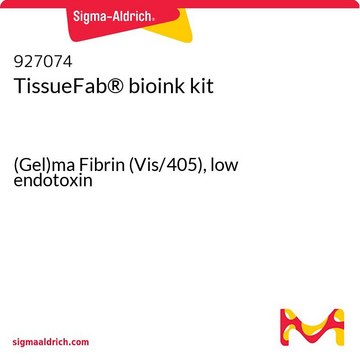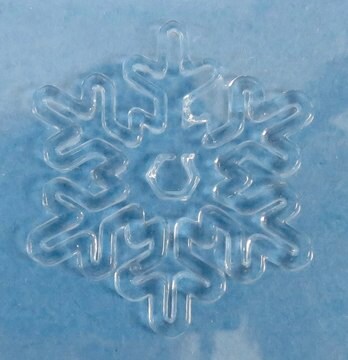926000
TissueFab® bioink kit
(Gel)ma Laminin -Vis/405 nm, low endotoxin
About This Item
Productos recomendados
form
viscous liquid (gel)
size
10 mL
impurities
<5 cfu/mL Bioburden
<50 EU/mL Endotoxin
color
pale yellow to colorless
pH
6.5-7.5
viscosity
3-30 cP
application(s)
3D bioprinting
storage temp.
−20°C
¿Está buscando productos similares? Visita Guía de comparación de productos
Categorías relacionadas
General description
Application
Features and Benefits
Legal Information
Storage Class
10 - Combustible liquids
flash_point_f
Not applicable
flash_point_c
Not applicable
Elija entre una de las versiones más recientes:
Certificados de análisis (COA)
Lo sentimos, en este momento no disponemos de COAs para este producto en línea.
Si necesita más asistencia, póngase en contacto con Atención al cliente
¿Ya tiene este producto?
Encuentre la documentación para los productos que ha comprado recientemente en la Biblioteca de documentos.
Nuestro equipo de científicos tiene experiencia en todas las áreas de investigación: Ciencias de la vida, Ciencia de los materiales, Síntesis química, Cromatografía, Analítica y muchas otras.
Póngase en contacto con el Servicio técnico








